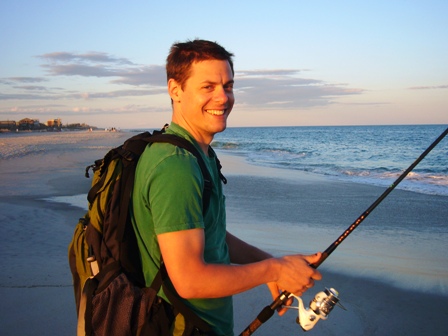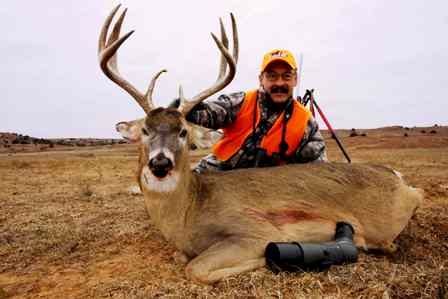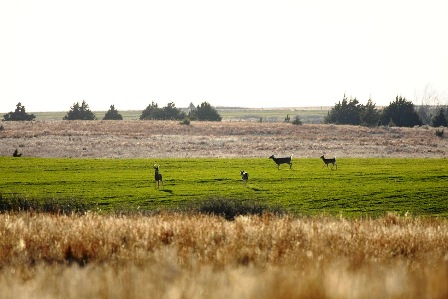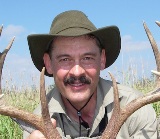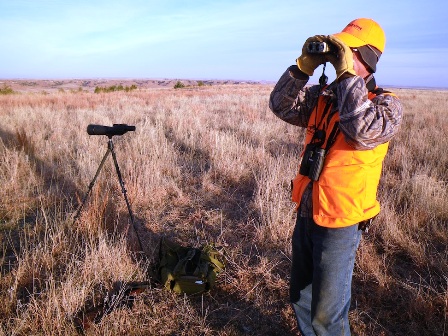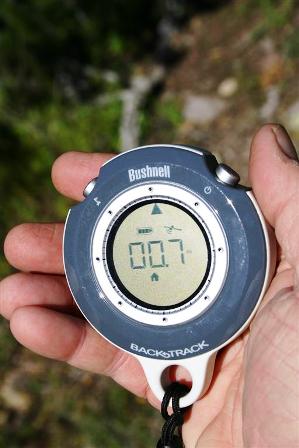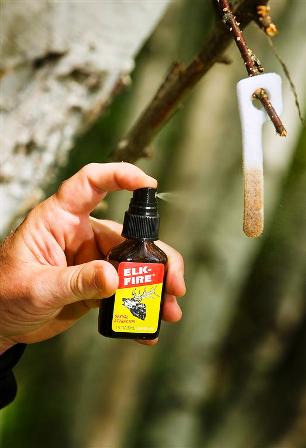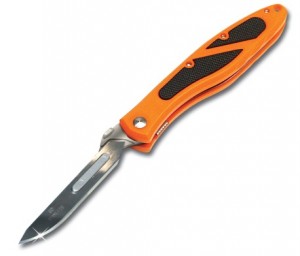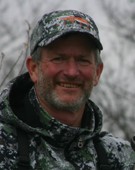Reviewed by Steve Sorensen
Six short passages and six longer passages from Meat Eater – proof that it’s truly worth reading!
Meat Eater: Adventures from the Life of an American Hunter, by Steven Rinella; Spiegel & Grau (an imprint of Random House), New York, 2012, 256 pages.
Havalon knives is proud to sponsor Steven Rinella’s television show “Meat Eater”. He has quickly become one of the top hunting shows on TV. But is he a good writer?
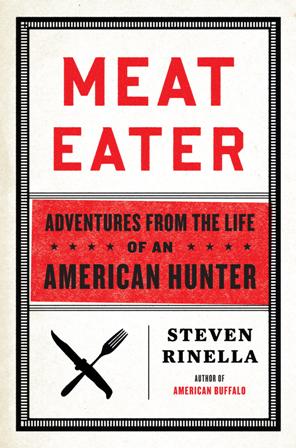
Steven Rinella, the author of Meat Eater, has written a straightforward account of his hunting, aimed at telling his readers
what makes hunters tick.
CLICK ON THE BOOK COVER
TO ORDER YOUR COPY.
His new book Meat Eater: Adventures from the Life of an American Hunter, will not only get you to think about hunting in ways you’ve never thought before. It’s also a pleasure to read. Here are six short passages and six longer passages selected to show that Steven Rinella is a skilled wordsmith. These are only a few reasons to buy Meat Eater.
SIX SHORT PASSAGES:
On the capacity (or incapacity) of a beautiful and challenging game bird for flight (p. 5): “Turkeys are not graceful fliers; nor are they graceful landers.”
On the question of why people in a thrill-seeking culture reject hunting (p. 13): “When I consider all the astonishing and inspiring things that happen to hunters, it puzzles me that so many people have turned away from the lifestyle.”
On masculine and feminine motivations to preserve food for the family, Rinella’s wife Katie says after storing breast milk for their son (p. 107): “I think I finally understand what it is with you and hunting. It’s really satisfying to stock food away for someone you love. It’s good knowing it’s there, and that I did it, and that it was done right.”
On the strangeness of catch-and-release fishing (p. 126): “Just to be clear, catch-and-release fishing amounts to poking a hole into a fish’s face and exhausting it, then letting it go because you don’t want to hurt it.”
On seeing his first mountain lion (p. 216): “He spun himself in a turn that seemed like wine swirling in a glass. With that, the lion vanished into the dark.”
On whether certain hunting methods are challenging (p. 220): “I walked away in silence, disappointed that I was unable to learn whether it was challenging to shoot a lion out of a tree. Getting to that final moment of truth had been, quite simply, too challenging.”
SIX LONGER PASSAGES:
On discovering that a black bear has intentions similar to his (p. 5): “My immediate response was to turn my head very quickly in its direction. My chin was just about to begin passing over my right shoulder when I noticed a large male black bear standing on its rear feet with its front feet propped up on a log that was leaning against the log that I was leaning against. I’m sure he was hoping to find a nest full of turkey eggs and, if everything went well, to catch the turkey as well. Now he was staring at me with a very inquisitive look in his eye as he struggled to recalibrate his expectations.”
On whether hunters are really the bloodthirsty killers many people think (p. 15): “If hunters really did get their jollies by killing animals, why would we go through the hassle of trying to find wild and unpredictable game animals under sometimes exceedingly difficult environmental circumstances when we could just volunteer at the Humane Society and kill a few dozen dogs and cats in an afternoon, or get a job at an Iowa slaughterhouse and kill a couple hundred cattle a day in air-conditioned comfort?”
On the truth about how animals die (p. 162): “The tracks in the mud suggested that a larger deer, presumably the fawn’s mother, had hung around for a while before taking off. You could hardly blame the doe for giving up. The fawn was missing a good-sized bite from its right back leg, and its left leg was mostly hamstrung. I waved Matt’s canoe over to the bank and we discussed the situation. It seemed that the best course of action was to put the fawn out of its misery and strip off its measly bit of usable flesh to eat that night. But, legally, one of us would then be obligated to apply his only deer permit to a half-starved fawn that had lost some of its best meat to a coyote. It was one of those situations where civil law and moral law collide. And while the anonymity of the backcountry usually allows you to choose moral law, none of us was willing to risk the punishment of having our hunting licenses revoked. So we left the fawn to its painful death.”
On what hunting has taught him (p. 230): “Earlier, I wrote of the things that I’ve suffered while in pursuit of a lifestyle that makes sense to me. Things such as cold, hunger, loneliness, and fear. What I failed to mention are the ways in which I’ve been blessed through that same pursuit. While hunting, I’ve cried at the beauty of mountains covered in snow. I’ve learned to own up to my past mistakes, to admit them freely, and then to behave better the next time around. I’ve learned to see the earth as a thing that breathes and writhes and brings forth life. I see these revelations as a form of grace and art, as beautiful as the things we humans attempt to capture through music, dance, and poetry. And as I’ve become aware of this, it has become increasingly difficult for me to see hunting as altogether outside of civilization. Maybe stalking the woods is as vital to the human condition as playing music or putting words to paper. Maybe hunting has as much of a claim on our civilized selves as anything else. After all, the earliest forms of representational art reflect hunters and prey. While the arts were making us spiritually viable, hunting did the heavy lifting of not only keeping us alive, but inspiring us. To abhor hunting is to hate the place from which you came, which is akin to hating yourself in some distant, abstract way.
On the oft-made (and illegitimate) comparison between war and hunting (p. 231): “War is an act of hate, while hunting is an act of love. The warrior does not decorate his home with beautiful images of his enemy; he does not donate money to the preservation of his enemy’s habitat; he does not manage his own property with a goal of attracting his enemy for viewing; he does not obey a code of conduct meant not only to stabilize his enemy’s numbers but to increase them.”
Finally, the words ending a book are sometimes more powerful than those beginning the book. On looking out his window (p. 233): “I can see the light of the city. The blackened shadows of buildings. Somewhere in the distance I can hear the sounds of sirens. Out there is everything that civilization has wrought, and reminders of everything that it lost in the process. Set against it, from my perspective, the deer’s antlers stand out brightly. They are like a flag rising defiantly above the smoke of an embattled and surrounded stronghold. They are a reminder to anyone who sees them: there are hunters here, within us.”
Click here to buy Meat Eater: Adventures from the Life of an American Hunter.
***
About Steven Rinella
Steven Rinella is host of the television show Meat Eater, on the Sportsman’s Channel. Previously he has written American Buffalo, and The Scavenger’s Guide to Haute Cuisine. Visit Steven’s website at www.themeateater.com where you can stock up on insights, entertainment, gear tips, hunting strategies, wild game recipes, and more. To order your copy of Meat Eater, CLICK HERE.
About Steve Sorensen
Outdoor writer and speaker Steve Sorensen writes an award-winning newspaper column called “The Everyday Hunter®,” and he has something to do with most of the content on the Havalon Sportsman’s Post. He has also published articles in Deer & Deer Hunting, Sports Afield, and many other top magazines across the USA. Invite Steve to speak at your next sportsman’s event, and follow him at www.EverydayHunter.com.
Click here to read a review of Meat Eater by Steve Sorensen.
8,606 total views, no views today


